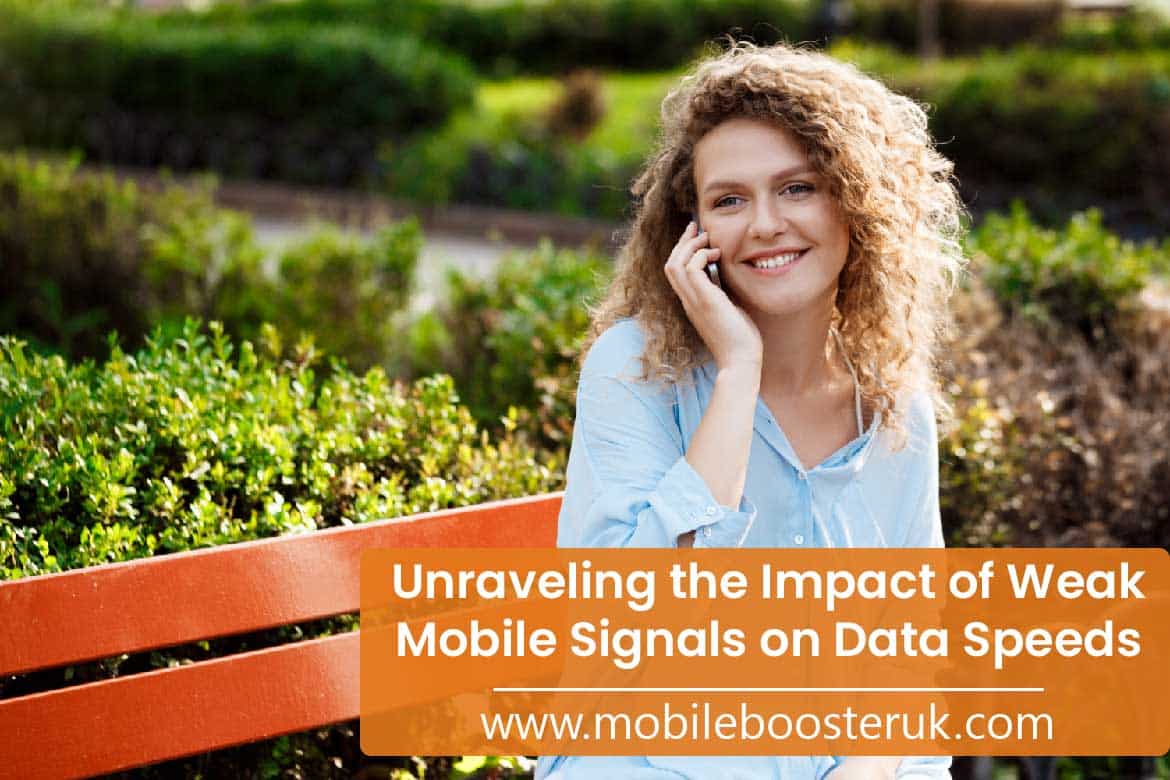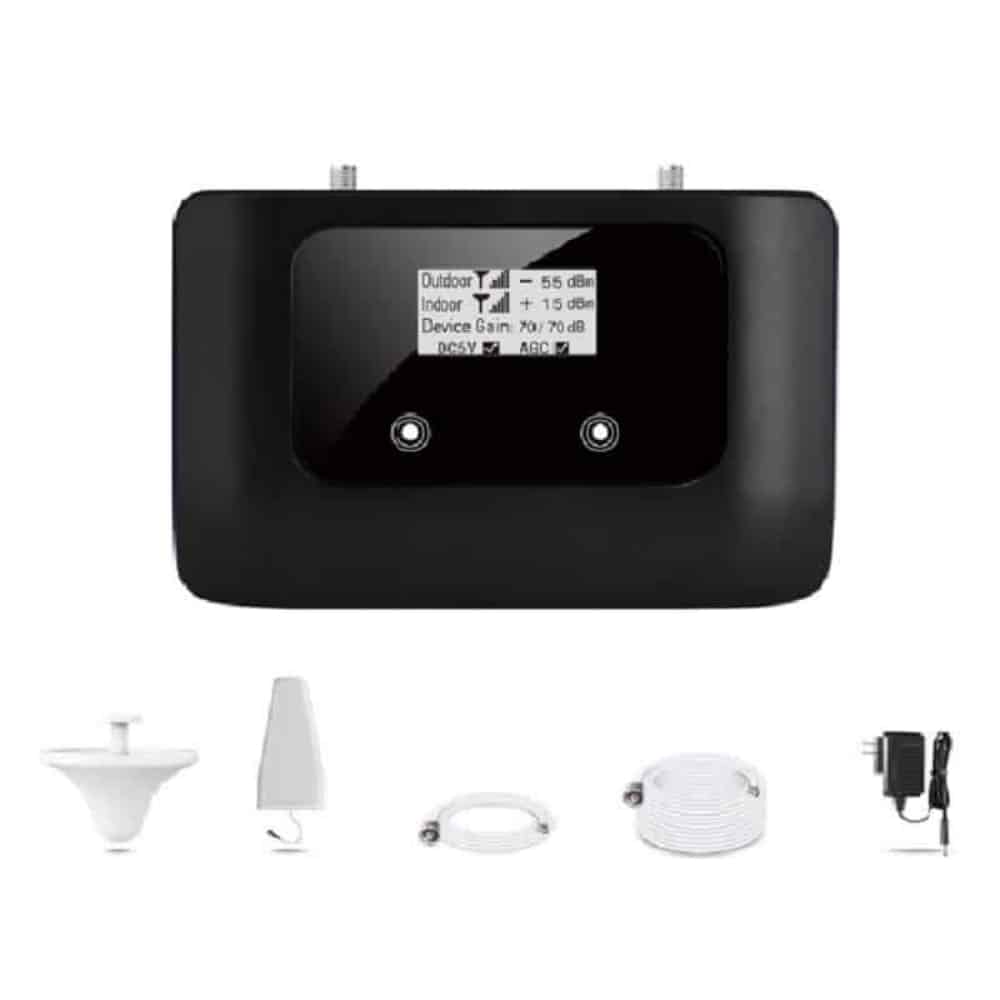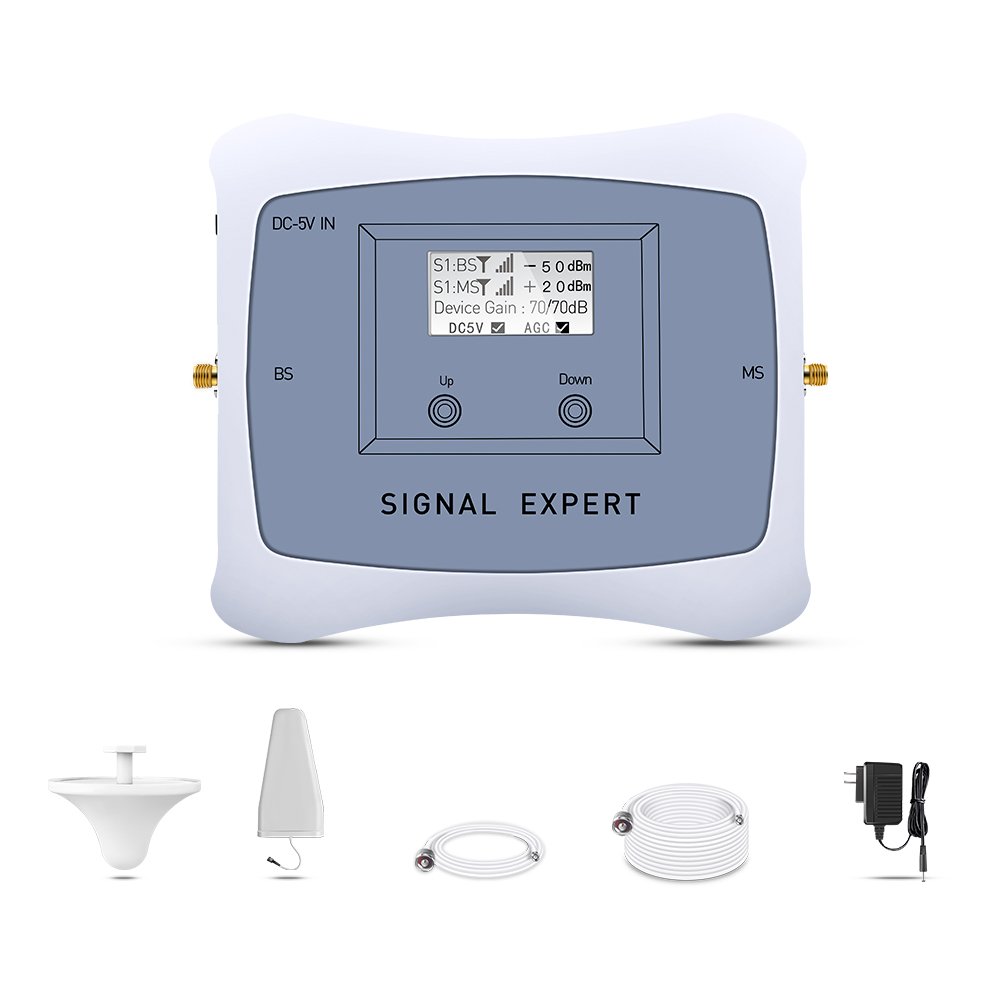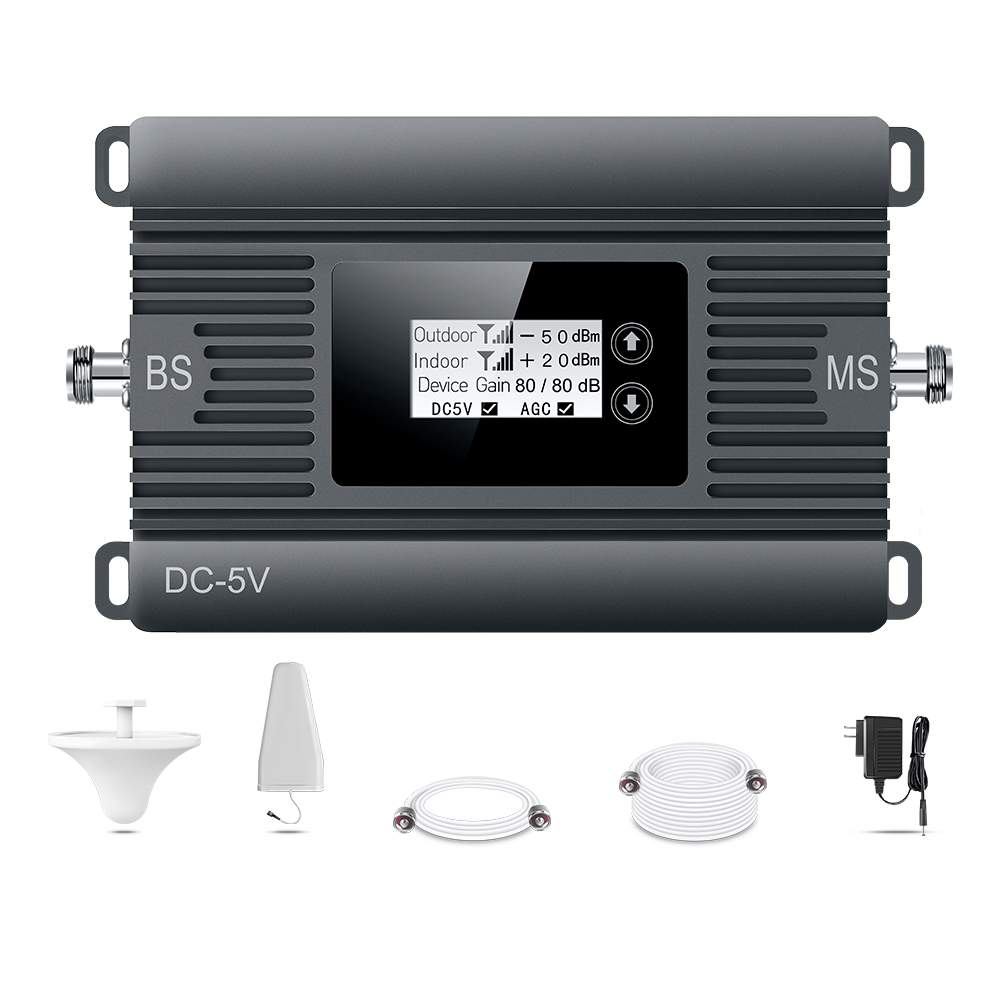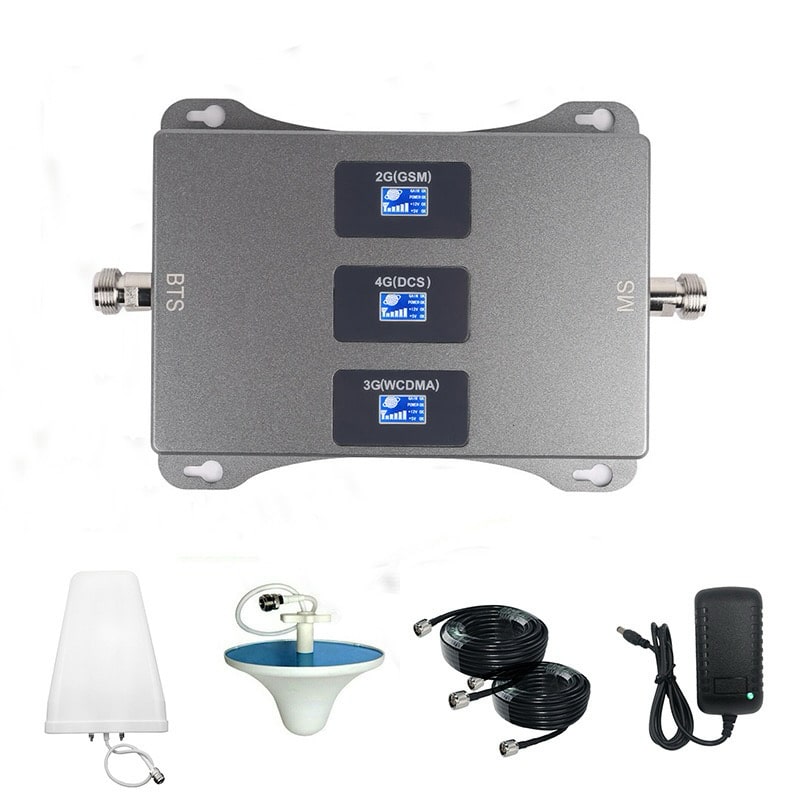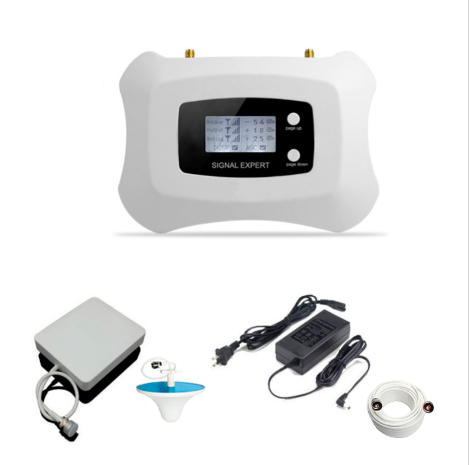Impact of Weak Mobile Signals on Data Speeds and How to Improve Them
In the digital era, where connectivity is paramount, the impact of weak mobile signals on data speeds can be a significant hurdle. In the United Kingdom, a country reliant on seamless communication, understanding the dynamics of this issue becomes crucial. This article delves into the consequences of weak mobile signals on data speeds and explores effective strategies to improve data speed.
Understanding Frequency Bands and Carriers
Mobile networks in the UK operate on various frequency bands allocated to different carriers. The frequencies commonly used include 800 MHz (Band 20), 900 MHz (Band 8), 1800 MHz (Band 3), 2100 MHz (Band 1), and the newer 700 MHz (Band 28). Each band has its characteristics, affecting coverage and data speeds differently.
Major carriers in the UK, such as EE, Vodafone, O2, and Three, operate across these bands. The diversity in frequencies and carriers contributes to the complexity of ensuring consistent data speeds, especially in areas with weak signals.
Consequences of Weak Mobile Signals on Data Speeds
Weak mobile signals can lead to various issues impacting data speeds:
- Slow Download and Upload Speeds: In areas with weak signals, users may experience sluggish download and upload speeds, affecting the overall internet experience.
- Increased Latency: Weak signals contribute to higher latency, causing delays in data transmission and affecting real-time applications like video calls and online gaming.
- Intermittent Connectivity: Users may encounter dropped connections or intermittent connectivity, disrupting the seamless flow of data.
Strategies to Improve Data Speed in Weak Signal Areas
- Mobile Signal Boosters: Investing in a quality mobile signal booster tailored for the UK’s frequency bands can significantly enhance signal strength, leading to improved data speeds.
- Wi-Fi Calling and VoLTE: Utilizing Wi-Fi calling and Voice over LTE (VoLTE) features on compatible devices can help maintain voice and data connectivity in areas with weak mobile signals.
- Network Switching: Manually switching between 3G and 4G networks based on signal strength can sometimes result in improved data speeds.
- Optimizing Device Settings: Adjusting device settings such as turning off background apps, limiting auto-updates, and using data-saving modes can optimize data usage and speed.
Future Technologies
The advent of 5G technology marks a significant leap in the evolution of mobile networks. Unlike its predecessors, 5G promises not only faster data speeds but also a more robust and reliable connection. Its impact on addressing weak signals is expected to be transformative.
One of the key features of 5G is its ability to deliver unprecedented data speeds, significantly reducing latency. This is particularly crucial in areas where weak signals have traditionally hindered data transmission. The faster speeds and lower latency of 5G contribute to a smoother and more responsive online experience.
5G networks are designed to handle a massive number of connected devices simultaneously. This increased network capacity ensures a more stable connection even in crowded areas, effectively mitigating the challenges posed by weak signals in densely populated regions or during peak usage times.
Investments in 5G infrastructure contribute to future-proofing the connectivity landscape. As the rollout of 5G progresses, the overall network infrastructure is upgraded, creating a more resilient and adaptable foundation that can accommodate future technological advancements.
Installing and Optimizing Mobile Signal Boosters: A Step-by-Step Guide
Mobile signal boosters can be instrumental in overcoming weak signals and enhancing data speeds. Here’s a brief guide on how to install and optimize the use of these devices:
Step 1: Choose the Right Booster
Begin by selecting a mobile signal booster that aligns with your specific needs. Consider factors such as the size of the area you want to cover, the frequency bands used by your carrier, and the type of booster (home, vehicle, or commercial).
Step 2: Identify the Weak Signal Area
Locate the areas with weak or no signal within your home or office. This step is crucial for optimal placement of the booster components.
Step 3: Install the External Antenna
Mount the external antenna in a location where it can receive the strongest available signal. This is typically done on the roof or an elevated area. Ensure the antenna is securely fixed and connected to the booster unit.
Step 4: Place the Booster Unit
Install the booster unit in a central location within your building or vehicle. Connect the internal antenna to the booster unit. The internal antenna should be placed in the area where you need improved signal coverage.
Step 5: Connect Power Supply
Connect the booster unit to a stable power source. Most boosters come with a power adapter that can be plugged into a standard electrical outlet. Ensure a reliable power supply to maintain continuous operation.
Step 6: Optimize Antenna Angles
Fine-tune the angles of the external and internal antennas for optimal signal reception and distribution. Experiment with different angles to find the configuration that provides the best results.
Step 7: Test and Adjust
After installation, test your mobile signal in various locations to confirm the improvement. If needed, make slight adjustments to the antenna positions to maximize signal strength and coverage.
Step 8: Regular Maintenance
Perform routine checks to ensure all components are functioning correctly. Keep the external antenna clear of obstructions and debris. Regular maintenance contributes to sustained and reliable signal improvement.
Step 9: Consult Manufacturer Guidelines
Refer to the specific guidelines provided by the booster manufacturer for your model. These guidelines often include additional tips for optimizing performance and troubleshooting common issues.
With these steps, you will install your mobile signal booster correctly and improve data speed for your mobile network.
Real-Life Success Stories
Sarah’s Remote Home Office
Sarah, a freelance graphic designer, faced constant frustration with slow data speeds at her remote home office. The weak mobile signal in her area hindered her ability to upload and download large design files efficiently. After installing a mobile signal booster, Sarah experienced a significant improvement in data speeds. This boost not only streamlined her work but also increased overall productivity, showcasing how a simple solution can make a substantial impact on professional endeavours.
The Rural Community Connectivity Initiative
In a small village where traditional internet infrastructure was limited, residents struggled with sluggish data speeds. The community collectively decided to invest in mobile signal boosters. The boosters were strategically installed to cover the entire village. As a result, not only did individual households benefit from faster data speeds, but the initiative also empowered the community with improved connectivity for education, healthcare, and communication, demonstrating the transformative power of mobile signal boosters at a community level.
John’s Cross-Country Travels
John, an avid traveller, faced consistent challenges with weak signals during his cross-country road trips. This affected his ability to stay connected, especially in remote areas. Equipping his vehicle with a mobile signal booster changed the game. Now, whether he was camping in the mountains or exploring vast deserts, John enjoyed reliable data speeds, enabling him to share his adventures in real-time and stay connected with loved ones.
Impact on Various Industries
Healthcare Challenges
In the healthcare sector, weak mobile signals can have critical implications. Telemedicine relies heavily on seamless connectivity for remote consultations, diagnostic sharing, and patient monitoring. Slow data speeds can compromise the quality of these services, potentially affecting patient outcomes. Improved connectivity, facilitated by mobile signal boosters, ensures that healthcare professionals can deliver timely and effective services regardless of the geographical location.
Education in the Digital Age
In the era of digital education, weak mobile signals can be a barrier to effective learning. Students in remote areas may struggle with slow data speeds, hindering access to online classes, educational resources, and collaborative platforms. By addressing these connectivity challenges with mobile signal boosters, students gain equal access to educational opportunities, fostering a more inclusive and equitable learning environment.
Business Productivity Boost
For businesses, especially those with remote or mobile workforce, weak signals can hamper communication and collaboration. Video conferencing, file sharing, and other essential business processes heavily rely on robust connectivity. Improved data speeds, facilitated by mobile signal boosters, contribute to enhanced productivity and seamless operations. This is particularly crucial in today’s dynamic work landscape, where remote work has become a standard practice.
Overall Societal Progress
The impact of improved connectivity extends beyond individual sectors. It plays a vital role in fostering overall societal progress. From facilitating emergency services and public safety to enabling e-commerce and innovation, strong and reliable mobile signals contribute to the advancement of communities. Mobile signal boosters emerge as catalysts for progress, breaking down barriers and ensuring that the benefits of technological advancements reach every corner of society.
Conclusion
In the UK’s fast-paced digital landscape, addressing the impact of weak mobile signals on data speeds is essential. By understanding the frequency bands, and carrier dynamics, and implementing strategic solutions like mobile signal boosters, users can overcome the challenges posed by weak signals and improve data speed for an enhanced and consistent mobile data experience. It’s time to empower users with the tools and knowledge needed to navigate the intricacies of connectivity in the modern world.
